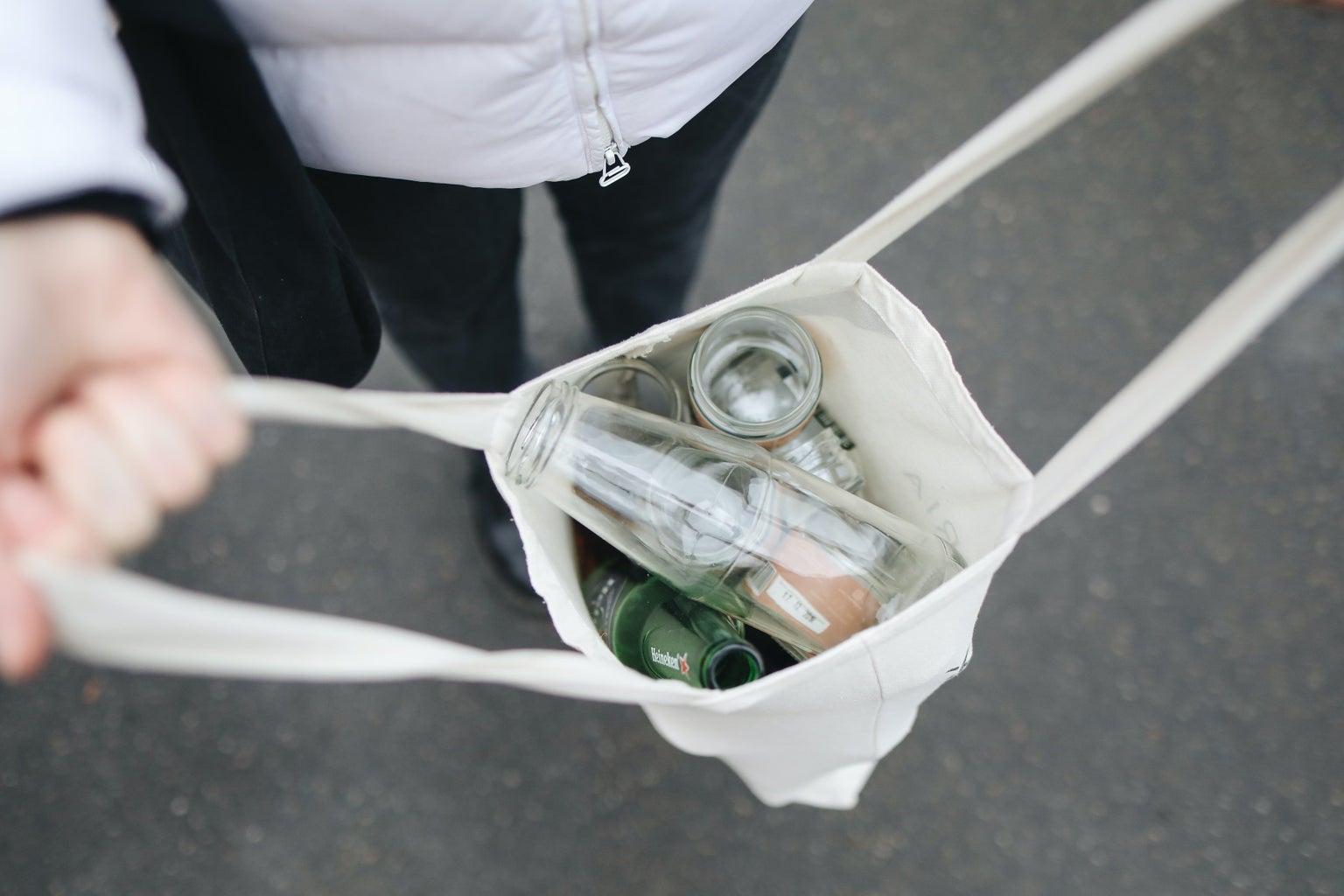By the year 2050, the global population could potentially reach a staggering 10 billion. With this surge in population, the demand for essentials such as food, fashion, travel, housing, and other related aspirations is expected to rise significantly. Unfortunately, an escalating number of individuals struggle to fulfill their basic needs. Additionally, two to three billion new urban consumers and youth will predominantly rely on social media for information. In a world grappling with limited resources and facing the imminent threats of global biodiversity loss and climate change, our lifestyle choices are jeopardizing the well-being of the planet.
Living eco-friendly involves adopting practices that minimize harm to the environment. This lifestyle is gaining significance as we strive to safeguard our planet from human-induced harm. Individuals can implement sustainable changes in various aspects of their lives to reduce the negative impact typically associated with daily activities.
Embracing an eco-friendly lifestyle involves incorporating various sustainable practices into your daily routine; Upcycling, recycling, and crafting items to reduce reliance on mass-produced goods. Other ways to conserve can be made possible through saving water, using reusable bottles, choosing electronic devices over paper, and investing in renewable energy while adopting mindful practices such as limiting heat, shopping for local produce, growing your own food, and practicing sustainable tourism.
Below, I have created a curated guide to educate and motivate you to live sustainably — offering insights on making small changes to your daily routines and encouraging you to rethink your interaction with the environment and the planet we call home!
Conserving Goods, Zero Waste Included
In today’s world, preserving our planet’s resources is crucial as our population grows and demands increase. This section explores practical ways to conserve resources, from water and energy to everyday items. Everyone can make a difference by making mindful choices on how they conserve their goods and resources!
While not everyone has the time on their hands to make their own ingredients and items at home, DIY’ing your items instead of buying can both save money and save our environment. Going Zero Waste, a sustainable website by Kathryn Kellogg that focuses on reducing landfills, promoting zero waste, and emphasizing a circular economy, published an article in 2022 called 20 Things to Make at Home Instead of Buying that can help cut your grocery list in half by giving you simple recipes for kitchen and toiletry items that take only minutes to make, all while connecting us to the world of sustainability!
Other ways to become eco-friendly with your household items include limiting food waste by portioning your meals reasonably, only buying what you need, growing your own vegetables and herbs or buying from local producers, consuming less meat, and using food waste as fertilizer for soil and plants.
Kathryn has written and published hundreds of other articles on her website that go into detail on these ideas – check them out here! Her website highlights lifestyle, fashion and beauty, food, home, self, seasonal sustainability, and more. Her book published in 2019, 101 Ways To Go Zero Waste, is also available for purchase on Amazon below. I personally have read this from my local public library and found it super helpful — some of the tips and tricks found in this read are also featured in this article!
Lets Talk green Technology…
Now introducing a holistic approach to addressing environmental challenges while fostering economic growth, innovation, and a sustainable future: Green technology! This encompasses a wide range of innovations designed to minimize environmental impact and promote sustainability, including renewable energy sources such as solar and wind alternatives, electric vehicles, green roofs, and geothermal heating/cooling systems. Going green not only helps the planet but also creates jobs, boosts global competitiveness, and raises awareness about environmental issues.
While different areas of the country and planet receive different weather and climate conditions that may impact resourceful renewable energy installations, locations such as the University of Connecticut are prime places to convert to solar photovoltaic (PV) electricity and solar thermal systems. These convert the sun’s energy into electricity (in the case of solar thermal systems, it uses heat from the sun to provide space and water heating, or use high-temperature collector thermal systems to be used to generate electricity) — these options can highly reduce your carbon emission and reduce hot water costs, depending on what type of heating source you switch from. Another green energy option can be switching your light bulbs to LED lighting can save up to 80-90% energy efficiency compared to traditional bulbs that lose their power to heating energy.
Upgrading your appliances to more energy efficient products and appliances can save you both money and energy; once its time to replace your or your family’s washing machine, fridge, oven or dishwasher, look online and do some research into more eco-friendly appliances that can save loads of energy while still in your price range! To estimate how much your home uses energy, visit the Department of Energy’s website here.
Electric and hybrid cars are also a big switch from the regular diesel and petro-fuelled cars that we use and drive in our daily lives. In 2019, over 27% of the UK’s total emissions came from transport — with over 91% of this coming from road transport vehicles, so changing the car you drive to a more sustainable fashion can help limit air pollutants, and typically does not cost more than a traditional vehicle. Hybrids are my personal favorite, as they combine traditional combustion fuels and an electric motor, which is powered by a battery; they run primarily on the electric battery until the power runs out, then the gasoline-powered engine takes over.
Reduce, Reuse, Recycle!
This is not just a catchy slogan; it’s a mantra that holds the key to a more sustainable future. On a planet overflowing with disposable everything, taking a moment to embrace these three Rs can make a world of difference. From curbing our environmental footprint to preserving precious resources, this trio isn’t just for eco-warriors — it’s for anyone looking to be a part of the solution.
Instead of tossing out old furniture or household items, consider upcycling them into something new and creative. For clothes or old toys you do not use anymore, donate them to local charities or thrift stores; this helps those in need while extending the lifespan of these items. Opting for second-hand clothes rather than feeding into the fast fashion industry can drastically decrease your overall environmental impact. And, thrifting is pretty fun with friends and a good coffee!
Recycling paper, glass, and plastic is another way to give materials a second life and reduce the strain on landfills. Speaking of paper — choose digital alternatives whenever possible, whether it’s using electronic tickets and receipts instead of paper versions, or receiving the weekly newspaper online to cut down on paper waste. Say goodbye to disposable plastic bags and instead, opt for reusable containers or tote bags for your snacks, lunches, or leftovers. Tote bags are not only cute but are a small change that can significantly reduce the amount of plastic entering our landfills, oceans, and ecosystems.
Ditching single-use plastic water bottles in favor of a reusable water bottle has been a large trend especially recently with the Stanley craze, but make sure not to over-consume and buy an overwhelming amount of reusable bottles, when you really only need one or two. It not only minimizes plastic waste, but also saves you money in the long run, all while keeping you hydrated.
Finally, you can get creative in the kitchen by making your own eco-friendly cleaning products. Using simple ingredients like vinegar, baking soda, and essential oils can keep your home clean without the environmental impact of commercial cleaners. One tip I suggest is to use up your current cleaners, then refill those plastic/glass containers with your new eco-friendly creation to save waste! For some DIY recipes to try, check out Healthline’s article here.
Be Mindful of Your Ecological Footprint
In an era of heightened environmental awareness, our carbon footprints take center stage, especially in our society of non-stop transportation and travel choices. Practicing mindful living through sustainable travel and tourism can help contribute to a healthier planet enrich our lives with lasting benefits.
One of the most disliked but crucial steps towards reducing our environmental footprints is to use and encourage public transportation. Many individuals live in more rural areas or areas with less access to public usage, which can make it hard to combat personal vehicles or taxis; but when exploring a new city or entering your first big internship or job in a populous region, opt for buses, trains or subways instead. By utilizing public transportation, you can reduce traffic congestion, lower emissions, and contribute to the development of more sustainable urban transit systems. And you save on gas prices, which are getting higher and higher!
While lessening plane travel is hard in a world that has just bounced back from a global pandemic and wants to explore and travel the world, keep in mind the effects of airlines on our atmosphere and environment, and try to look into vacations that involve nearby destinations without the need for extensive air travel. However, when you do go overseas or by plane, make sure to practice sustainable tourism; choose accommodations certified for their eco-friendly practices, support local businesses, and engage in activities that respect nature and wildlife, not harm or destroy it. Make sure to minimize waste by using reusable items and follow responsible tourism guidelines — a quick search on Google can make your trip 1,000 times better.
When traveling, make sure to unplug beforehand! Disconnect electronic devices and appliances to save energy. Adjust thermostats, turn off lights, and unplug chargers to reduce unnecessary power consumption during your trip away from home. But of course, keep in mind any pets that may need heat or a light on for comfort.
Final Eco-ThoUghts…
Embracing an eco-friendly lifestyle entails adopting practices that mitigate harm to the environment, a commitment that is increasingly gaining importance in our efforts to protect the planet from human-induced damage. By making sustainable changes across different aspects of their lives, individuals can actively reduce the adverse impact commonly associated with everyday activities.
Remember, every small action counts, and collectively, these choices contribute to a more sustainable and eco-conscious lifestyle. So, whether you’re revamping old furniture or embracing the thrift store fashion scene, each step you take is a step towards a greener, cleaner world.




